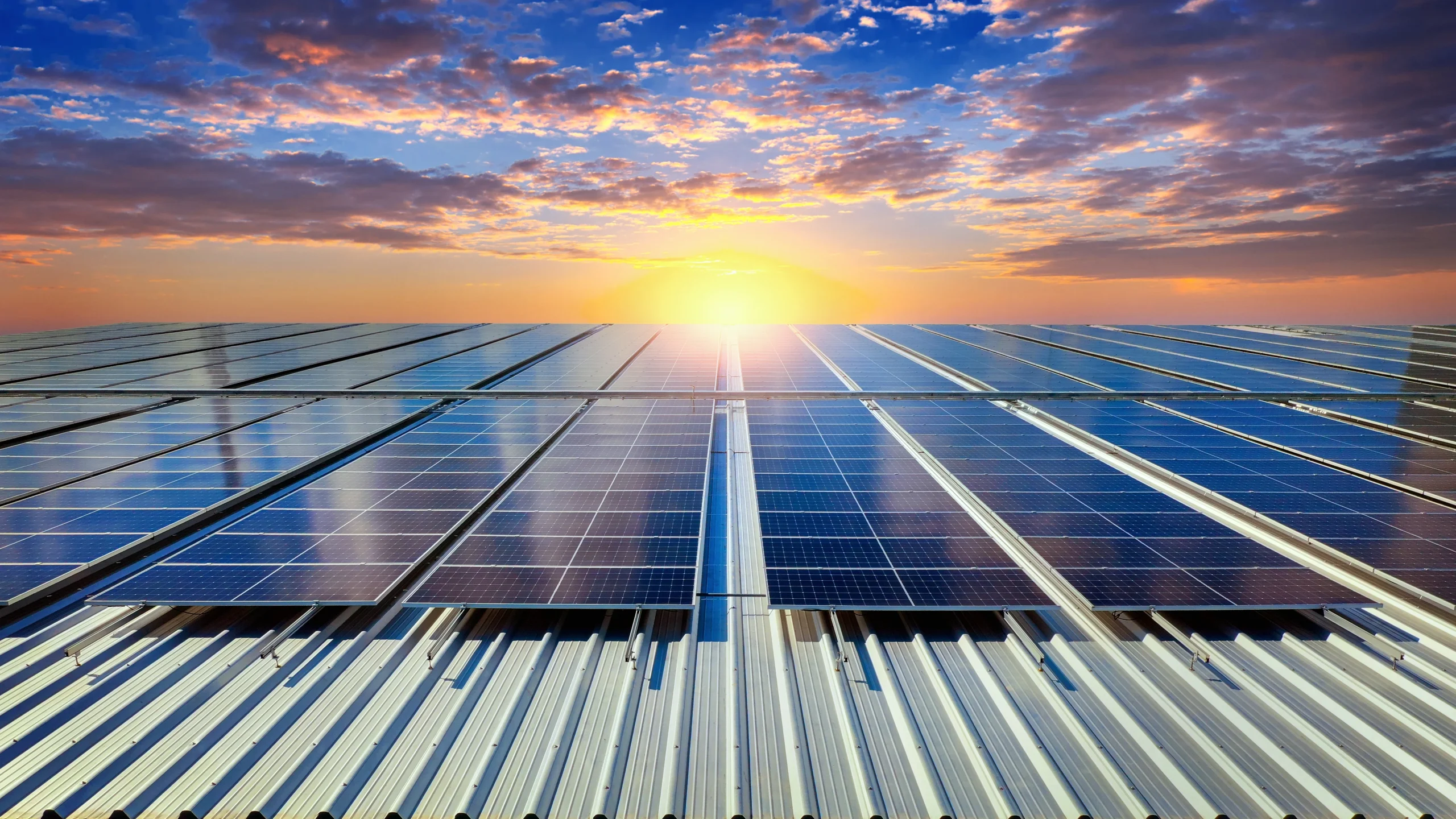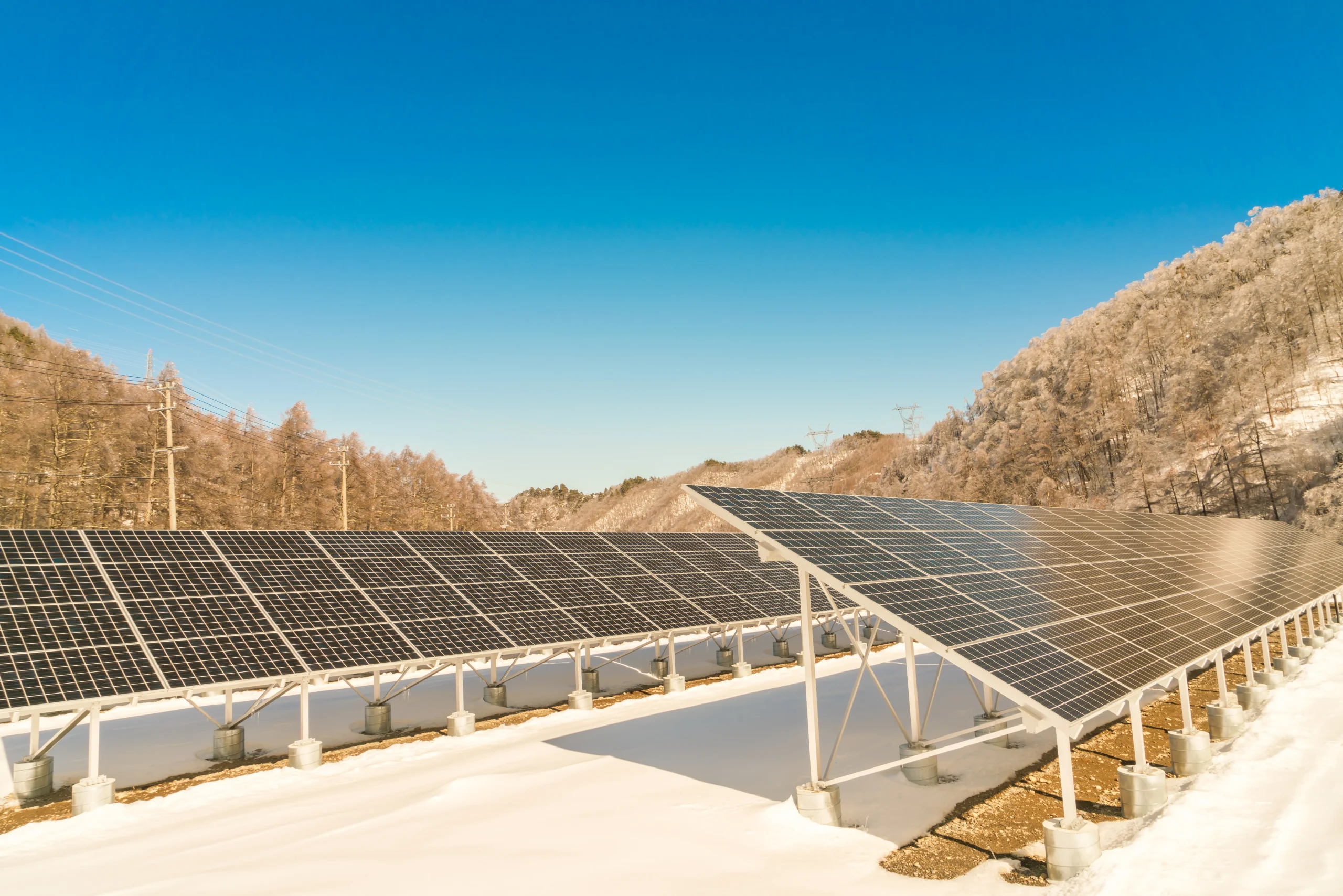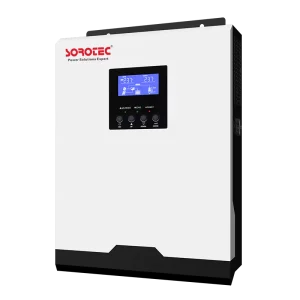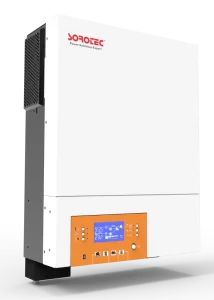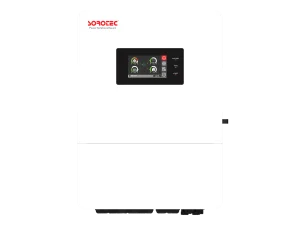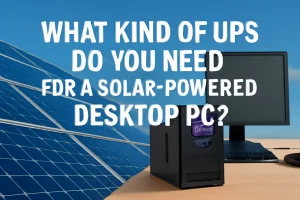The soft beams of sunlight lead us to a sustainable future by providing clean and renewable energy that meets the increasing demand for environmentally friendly options worldwide. Different technologies, including Photovoltaic (PV), Concentrated Solar Power (CSP), Solar Heating and Cooling (SHC), water pumping systems, and hybrid solar setups, harness solar energy in unique ways. These advanced systems supply power to residences, businesses, factories, and remote areas. Today’s study explores the operations of these remarkable solar energy systems and their essential roles in our community. We will additionally investigate how cutting-edge technologies such as superior inverters and efficient storage devices enhance their performance. Solar energy is reshaping the way we generate and consume electricity in an evolving world by reducing carbon footprints and promoting energy self-sufficiency.
Photovoltaic (PV) Systems
How Do Photovoltaic Systems Work?
Photovoltaic (PV) systems dance with sunshine, transforming its bright beams into electricity through solar panels. These panels, crafted from semiconductor substances such as silicon, spark an electric flow when bathed in sunlight. Their muscle depends on elements like panel variety, semiconductor grade, and circumstances including temperature or daylight span. Monocrystalline silicon panels dazzle with superior efficiency. Meanwhile, polycrystalline panels, though less mighty, present a wallet-friendly alternative. When scattered across vast commercial rooftops, they yield abundant energy.
Where Can Photovoltaic Technology Be Applied?
Inside dwellings, PV systems weave a network of renewable might, powering everyday necessities while reducing grid dependence. Companies, conversely, cloak rooftops with solar panels or dedicate sprawling solar farms to tame surging energy expenses. Picture gleaming rows of panels crowning a factory, standing tall against a backdrop of smoke-belching stacks. This striking image highlights how industries embrace this sunshine-fueled technology.
Integration with SOROTEC PV Inverters
To harness this energy smoothly, PV systems team up with state-of-the-art inverters. SOROTEC‘s PV inverters shine with remarkable efficiency and steadfast reliability. They blend effortlessly into installations, seizing every ray’s potential to deliver peak output.
Concentrated Solar Power (CSP) Systems
What Is Concentrated Solar Power Technology?
Concentrated Solar Power (CSP) systems arrange mirrors or lenses to focus sunlight’s fiery heart into a tiny focal spot. This intense heat drives steam turbines or other methods to create electricity. Unlike PV systems, which instantly generate power, CSP stores thermal energy for future use. This makes it a trusty companion for applications needing consistent energy flow.
What Are the Key Applications of CSP Systems?
CSP systems thrive in grand-scale ventures. Their ability to bank energy makes them ideal for massive solar farms. There, they produce copious electricity, feeding grids with unwavering steadiness. This strength brightens regions near and far.
SOROTEC Solutions for Supporting CSP Operations
To enhance CSP performance, innovative tools prove essential. SOROTEC’s solutions deliver flawless energy management and sturdy stability. They enable smooth storage integration and grid connectivity, ensuring power flows without hiccups.
From CSP’s sweeping scale, we turn to more intimate solutions. Solar Heating and Cooling systems step forward, bringing warmth and comfort to everyday spaces while showcasing solar’s versatility.
Solar Heating and Cooling (SHC) Systems
What Are the Principles Behind Solar Heating and Cooling Technologies?
Solar Heating and Cooling (SHC) systems seize the sun’s thermal hug to regulate temperatures. Collectors soak up sunlight, warming water or air directly. Alternatively, they guide heat through liquids for cooling purposes. This elegant process warms homes and powers industrial operations alike.
How Are SHC Systems Used Practically?
SHC systems excel in varied roles. In homes, they heat water, reducing reliance on fossil fuels. In industries, they drive processes like drying or chemical production. These systems trim costs and shrink carbon footprints. The global SHC market, expected to reach $5.2 billion by 2025 (Source: Grand View Research), signals their mounting appeal.
SOROTEC’s Contributions to Efficient SHC Implementation
To unlock SHC’s full promise, smart control systems prove crucial. SOROTEC provides brilliant solutions, tailored to boost efficiency and dependability. Their innovations ensure SHC systems perform admirably across diverse sectors.
Leaving the warmth of SHC, we explore another vital application: solar water pumping systems. These deliver life-giving water to remote areas, proving solar’s reach extends far beyond city grids.
Solar Water Pumping Systems
What Are the Mechanisms of Solar-Powered Water Pumps?
Solar-powered water pumps pulse with the sun’s energy, converting it into electricity to drive water flow. The setup joins solar panels, an inverter, and a pump. Panels generate direct current (DC), which the inverter may transform to alternating current (AC) if needed. This powers the pump, moving water effortlessly. Factors like semiconductor quality, manufacturing techniques, peak sunlight hours, and local temperatures influence energy output.
Off-grid solar pumps sparkle in distant regions. They need no grid or fuel, making them a sustainable treasure for farming, livestock watering, or providing clean drinking water. Their running costs measure 70-80% lower than diesel pumps, with a payback period of merely 3-5 years.
What Are Common Applications in Agriculture and Remote Areas?
In farming, these pumps nourish fields, boosting crop growth. In isolated spots, they deliver clean water, uplifting communities. Pairing them with advanced off-grid inverters guarantees steady performance, even under cloudy skies. These inverters stabilize voltage swings and adapt to dim light, keeping operations smooth. They also link seamlessly with other renewables or backup generators for added reliability.
As we marvel at solar’s standalone achievements, hybrid systems catch our attention. These blend multiple technologies into a seamless mix of efficiency and resilience.
Hybrid Solar Systems
How Do Hybrid Systems Combine Multiple Solar Technologies?
Hybrid solar systems unite the strengths of Photovoltaic (PV), Concentrated Solar Power (CSP), and battery storage. This marriage maximizes efficiency. PV panels capture sunlight, instantly producing electricity. CSP focuses rays to create heat-driven power. Battery storage preserves excess energy, ensuring supply during overcast days or nighttime. Monocrystalline panels, though pricier, outshine polycrystalline ones in efficiency, amplifying output.
Where Are Hybrid Solutions Used?
Hybrid systems adapt to various environments. In city areas, they energize homes and offices with reliable consistency. In countryside settings, they fuel irrigation or processing facilities. Industries count on them to meet substantial energy demands while ensuring stability. Their flexibility makes them a cornerstone of modern energy solutions.
How Do Innovative Energy Storage Products Enhance Hybrid Systems?
Clever energy storage forms the heartbeat of hybrid systems. It manages stored power, enabling smooth transitions between sources. This boosts reliability and extends system life. SOROTEC’s innovative hybrid solutions lead the pack, merging advanced technology with renewable systems for optimal performance.
This exploration of solar technologies reveals their collective might. From PV’s swift spark to CSP’s stored heat, SHC’s comforting warmth, water pumps’ vital flow, and hybrid systems’ balanced harmony, each plays a crucial role. SOROTEC’s pioneering tools elevate their impact, lighting the path to a cleaner, brighter future.
FAQ
Q1: What makes hybrid solar systems more efficient than standalone PV or CSP systems?
Hybrid systems combine PV’s immediate electricity with CSP’s thermal storage and battery backup. This blend delivers unmatched reliability and efficiency.
Q2: Can off-grid solar water pumping systems work during cloudy days? Absolutely.
Advanced off-grid inverters, like those from SOROTEC, skillfully manage voltage changes, keeping pumps running smoothly even in low light.
Q3: Why is battery storage critical in hybrid solar setups?
Battery storage captures surplus energy during sunny periods. It releases this power when sunlight fades, ensuring a steady, reliable supply.


